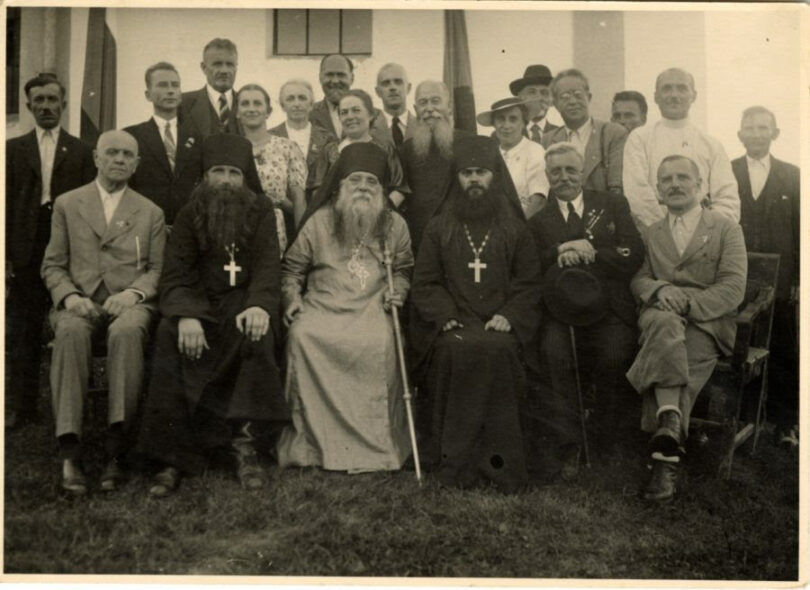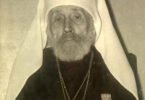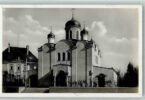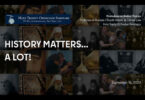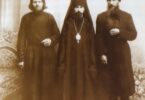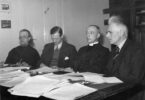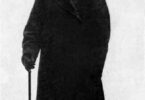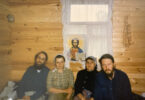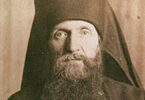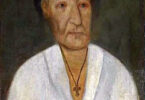Bishop Sergii Korolev of Kazan and Chistopol was born on this day in 1881.
Arkadii Korolev was born in Moscow into the family of a merchant. His father passed away when a son was an infant. The family could not afford to send Arkadii to a gymnasium and as a result, he went to a church school and afterward to the seminary and academy in Sergiyev Posad.
The Russian Empire was a society rigged according to class, where the children of clergymen generally followed in their fathers’ steps. Seminaries served as affordable schools for such clergy children, who were “locked” into their “caste.” This explains the high level of riots in the seminaries during the Russian Revolution of 1905. Arkadii did not participate in the student riots at Moscow Academy. In 1906, he went to visit his friend Priestmonk Seraphim (Ostroumov), who was a monk in St. Onouphry’s Monastery in Jabłeczna (Iablochin in Russian) in today’s Poland. Arkadii stayed on in the monastery, and in 1907 Bishop Evlogii (Georgievskii) of Chełm tonsured him a monk. In 1914, he became the abbot of the monastery.
In 1920, in the course of Polish–Soviet War, the Bolsheviks briefly occupied the territory where the monastery was situated. In the fall of 1920, Archimandrite Sergii was nominated by Patriarch Tikhon to be Bishop of Bielsk and acting bishop of Chełm Diocese.
In all the former lands of the Russian Empire that became independent states in the course of the 1917 Revolution, except for Lithuania, the governments wanted the church administration to be independent from both the Mother Church in Moscow and the Council of the “imperial” refugee bishops in Serbia. The Polish authorities did not recognize Bishop Sergii’s episcopal consecration and banished him from the country along with two other Russian bishops. This is how he arrived in Prague.
The Russians in Prague belonged to the “leftist” end of the political spectrum within the Russian diaspora in Europe. Bishop Sergii, through his meekness, was able to attract some of them to Christianity. In the same way as for Metropolitans Laurus and Hilarion, there were no “useless” people for him. Vladyka Sergii coined a term for the type of open communication he practiced: “the feat of conversing or interacting with people” (podvig obshcheniia). A whole book of thankful memories from those who knew Bishop Sergii was published in New York in 1987.
In 1939, the Czech lands were occupied by the Third Reich. The only Orthodox Church that the German authorities recognized as legal was the Russian Church Abroad. Bishop Sergii, like all the Evlogian clergy in Germany and Central Europe, had no choice but to join it. In 1943, he took part in the Vienna Bishops’ Conference, but refused to sign any documents there.
At the end of the war, Bishop Sergii reminded with his flock, eventually rejoining the Moscow Patriarchate and returning to Kazan from Prague after the West European Exarchate was abolished. He was interrogated by the Soivet intelligence several times, but left to live at large. He is buried at the cemetery church in Kazan in the USSR, where he was loved by his flock in the same way as in Prague.
Source:
Pamiati Vladyki Sergiia Prazhskogo [Bishop Sergii of Prague: In Memorium], Olga Raevsky-Huges ed. (Religious Books for Russia: New York, 1987).

